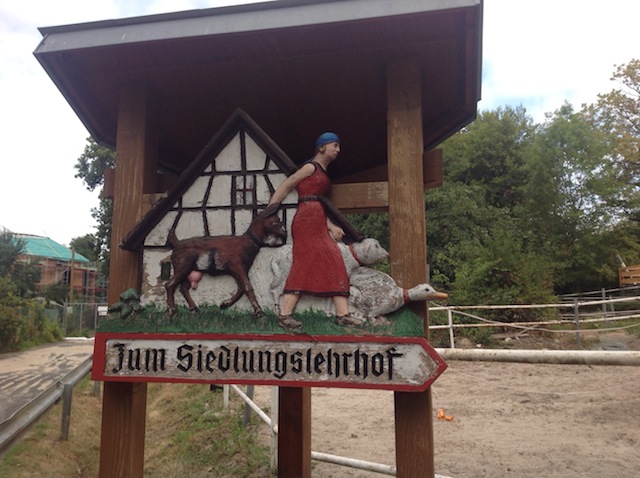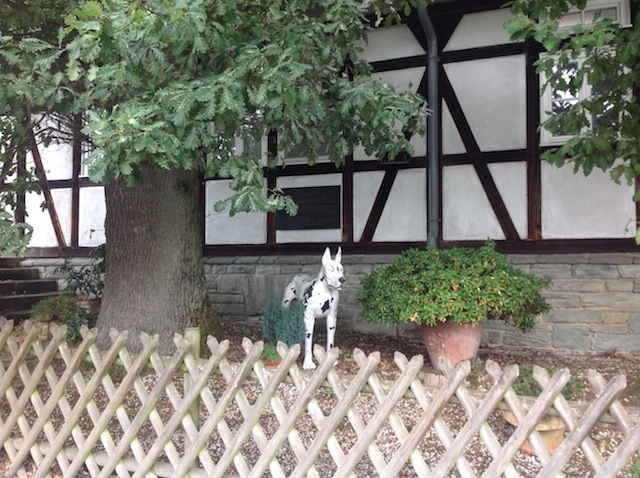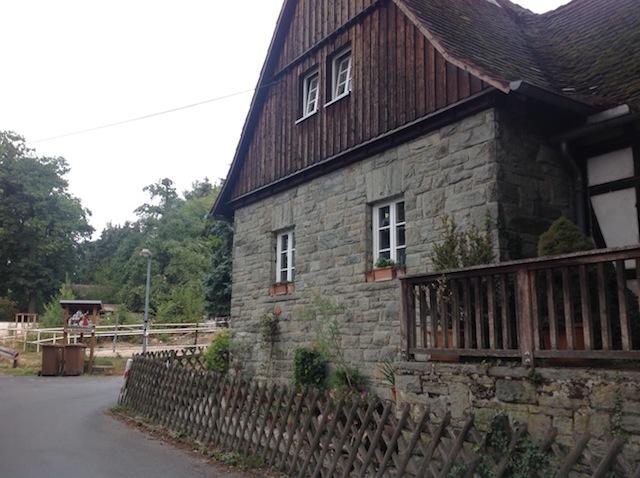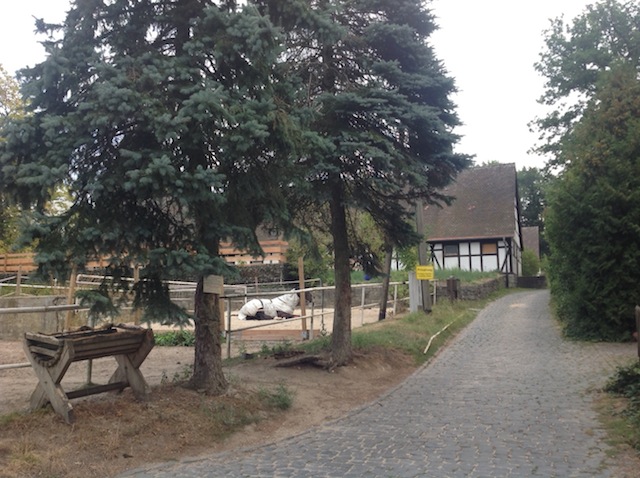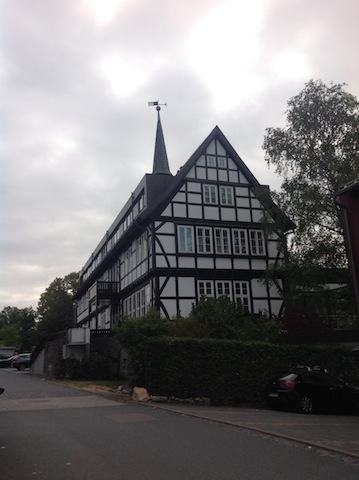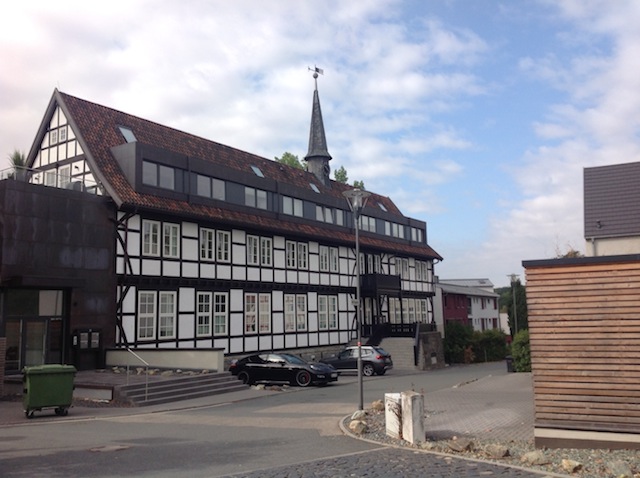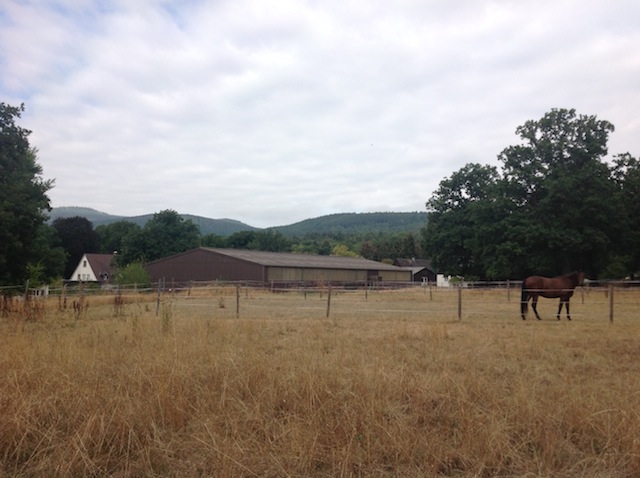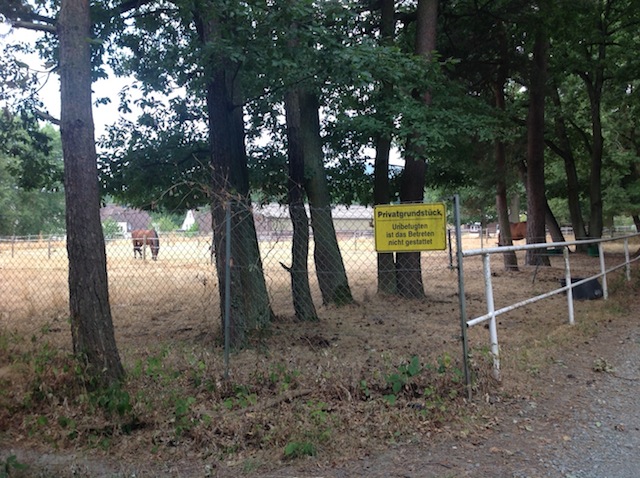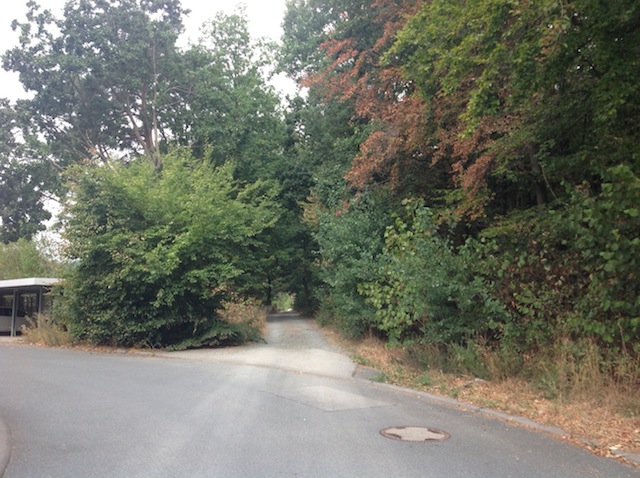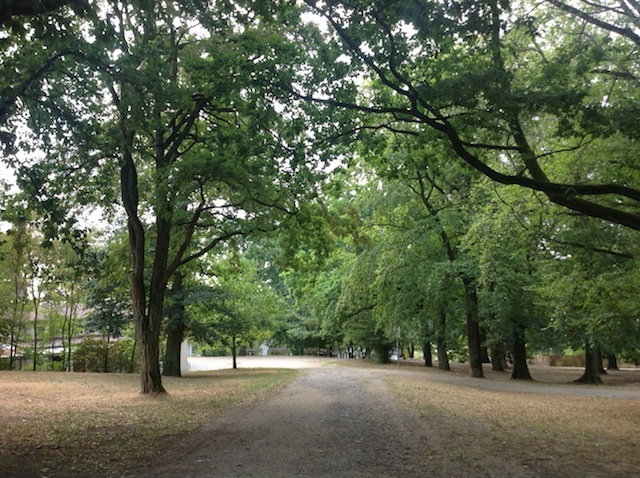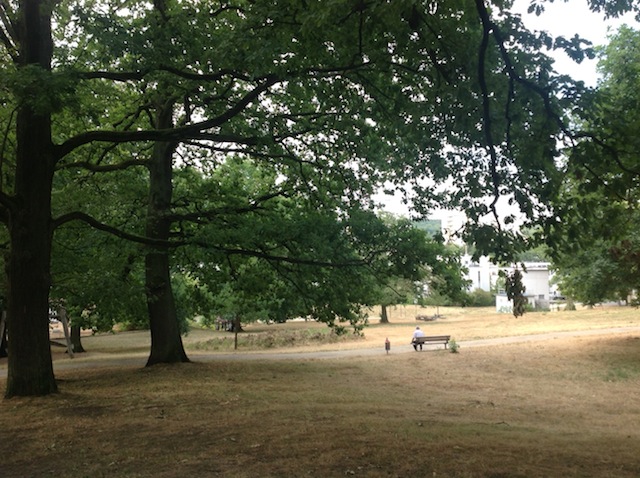On 3 Feb 2019, our Camp King research group invited the public to a presentation about the ‘Berlin Airlift’ in commemoration of its 70-year anniversary.
It was held at the Kinderhaus at Camp King in Oberursel, and had a good number of visitors. All the chairs were occupied.
Mr. Manfred Kopp, also known as Mister Camp King, opened the event with a few insights of how a couple of ladies at Camp King at that time helped trigger the Berlin Airlift.
Ms. Sylvia Struck talked about the launch, logistics, costs, and impact of the Berlin Airlift.

Sylvia Struck
Ms. Maren Horn explained the connections between Camp King and the Berlin Airlift.

Maren Horn
Towards the end, Mr. Andi Andernacht (center) interviewed two contemporary witnesses, Mr. Beilfuss and Mr. Albrecht. Both had been in (and around) Berlin during the time of the Airlift.

Contemporary witnesses Erwin Beilfuss (left) and Günter Albrecht (right)
The local newspaper Usinger Anzeiger published the following article: Die Berliner Blockade und was Oberursel damit zu tun hat.







